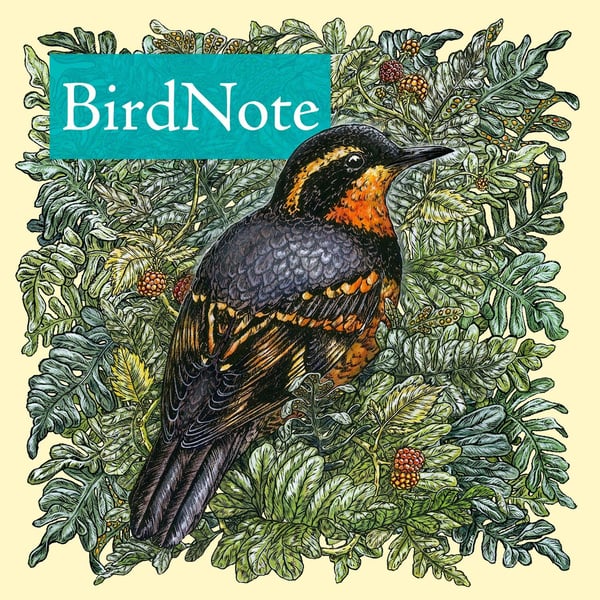Upland Sandpipers Whistling from Fences
BirdNote Daily
BirdNote
4.6 • 1.2K Ratings
🗓️ 24 February 2025
⏱️ 2 minutes
🧾️ Download transcript
Summary
Transcript
Click on a timestamp to play from that location
| 0:00.0 | This is bird note. |
| 0:03.0 | Upland sandpipers cut a strange figure when they're perched on a fence. |
| 0:09.0 | They're slender shorebirds that live far from the shore, and have tiny heads on long necks. |
| 0:15.0 | Their song is a whistle that rises and falls. |
| 0:19.0 | Upland sandpipers need learning. whistle that rises and falls. |
| 0:27.9 | Upland sandpipers need large areas of grassland habitat for their breeding grounds. |
| 0:34.1 | In the eastern U.S., where prairies are sparse, they'll sometimes nest at a rural airport, |
| 0:39.9 | recognizing the expanse of grass beyond the tarmac as a place they can raise their young. |
| 0:47.4 | The largest breeding populations of upland sandpipers are in the north-central U.S., where they're still able to find grasslands without too many trees or bare ground. |
| 0:52.2 | Loss of these habitats to row-crop agriculture and shrubby plants invading |
| 0:57.3 | prairies has caused their numbers to plummet over the past century. |
| 1:04.4 | Upland sandpipers take wing to South America for the winter, where the grasslands of Argentina, |
| 1:10.4 | Uruguay, and Brazil provide a similar |
| 1:12.9 | habitat as the prairies they left behind. Preserving grasslands throughout their range will help |
| 1:19.3 | ensure that the upland sandpiper's song continues to ring out. For Bird Note, I'm Michael Stein. |
| 1:31.8 | This episode is sponsored in Memorium of Alice Ashbaugh, a lifelong birdwatcher and |
| 1:38.4 | amateur ornithologist. |
Please login to see the full transcript.
Disclaimer: The podcast and artwork embedded on this page are from BirdNote, and are the property of its owner and not affiliated with or endorsed by Tapesearch.
Generated transcripts are the property of BirdNote and are distributed freely under the Fair Use doctrine. Transcripts generated by Tapesearch are not guaranteed to be accurate.
Copyright © Tapesearch 2025.

